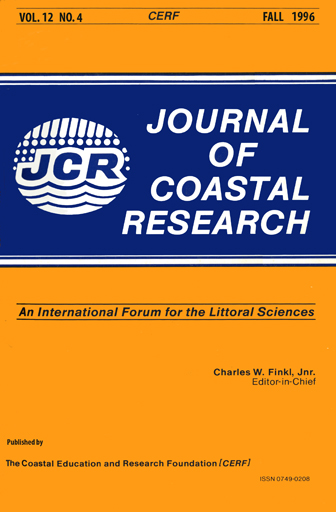Evaluation of Rapid Relative Sea-Level Changes in North-West Scotland During the Last Glacial-Interglacial Transition: Evidence from Ardtoe and Other Isolation Basins
Keywords:
biostratigraphy, Lateglacial Interstadial, foraminifera, diatoms, pollen, dinoflagellate cystsAbstract
Detailed biostratigraphic and lithostratigraphic analyses from a new isolation basin at Ardtoe, northwest Scotland, provide interpretations of tendencies of sea-level movement and environmental changes during the time period from the early Lateglacial Interstadial to the early Holocene. Microfossil analyses record the gradual transition of the isolation basin from a marine basin to a freshwater lake within an area of isostatic uplift (the basin isolation contact is dated 12,040 ± 110BP). The new data, correlated with previously published data from isolation basins at Rumach and Loch nan Eala, provide evidence for a continuous fall in relative sea level in northwest Scotland from the early Late glacial Interstadial to the early Holocene. This conflicts with previously published reconstructions of relative sealevel changes from a number of areas in Scotland which show rapid falls and rises during the last glacial-interglacial transition. Trends similar to those predicted by geophysical (numerical) models are inferred from these new data.
Palynological, foraminiferal and dinoflagellate cyst stratigraphy link the oceanic record of major climate and oceanic circulation changes to the terrestrial biostratigraphic record. Movement of the oceanic Polar Front, west and north, during a period of relative climatic amelioration within the early-mid Lateglacial Interstadial and a corresponding change in the position of the North Atlantic Current may be inferred from the dinoflagellate cyst record.


